In the wild world of nature, insects face a constant battle for survival. Birds, frogs, lizards, and countless other creatures see them as tasty meals. So how do these tiny creatures manage to survive against so many threats?
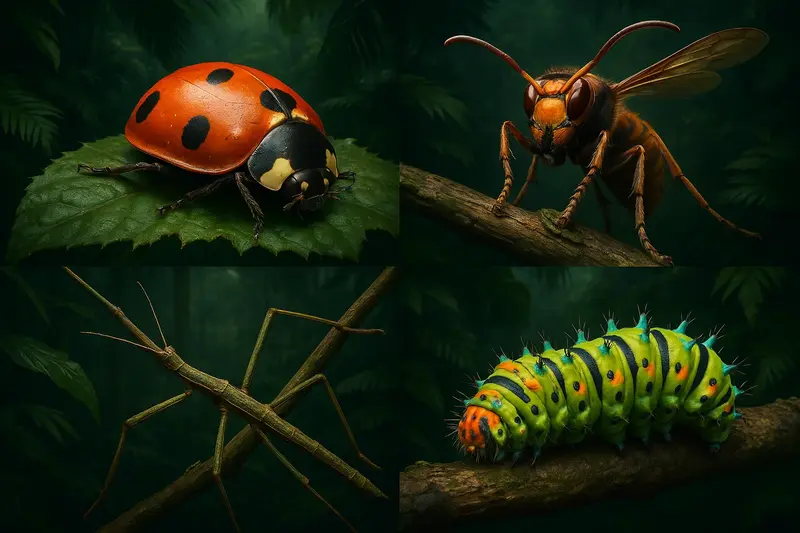
Insects have thrived on Earth for hundreds of millions of years by developing incredible defense strategies. From spraying toxic chemicals to mimicking leaves or even bird droppings, their survival skills are truly remarkable. Let’s explore 10 amazing ways insects protect themselves in the wild!
Would you want to eat something that smells terrible? Many insects, like stink bugs, release a foul odor from special glands when threatened. Some caterpillars, such as swallowtails, even wave Y-shaped glands that spray toxic, smelly compounds to keep predators at bay.
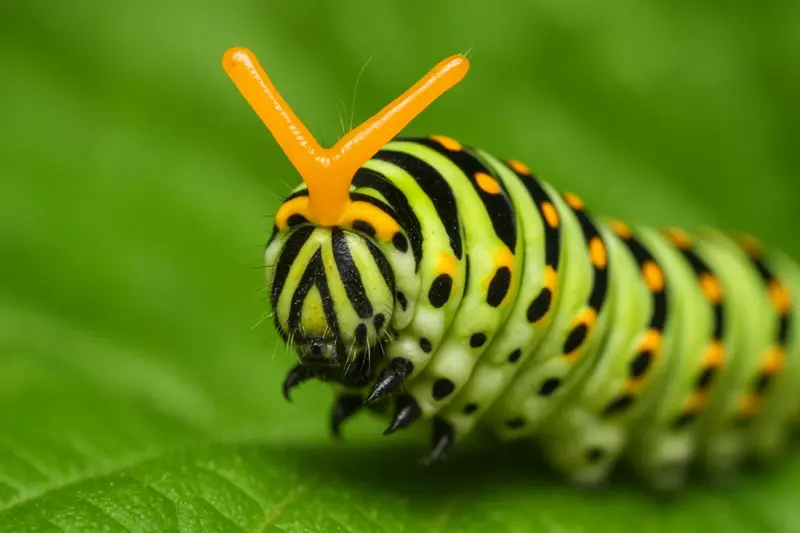
Certain insects spray or ooze irritating substances to distract or repel predators. For example, bombardier beetles mix chemicals in their abdomen and shoot a hot, noxious spray at attackers. Others, like blister beetles, release toxic fluids that cause skin irritation.
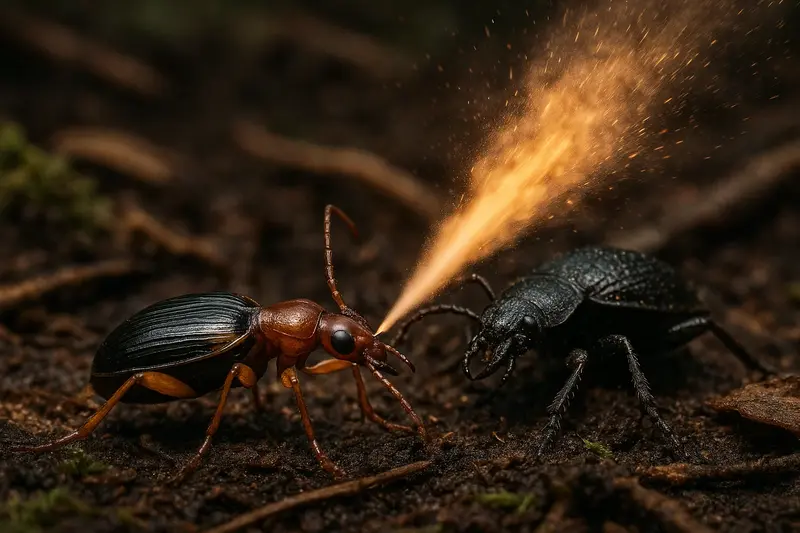
Some caterpillars have hollow, venomous hairs called urticating hairs. Touching these hairs breaks them and releases poison that causes sharp pain and irritation. These spines are nature’s way of saying “stay away!”
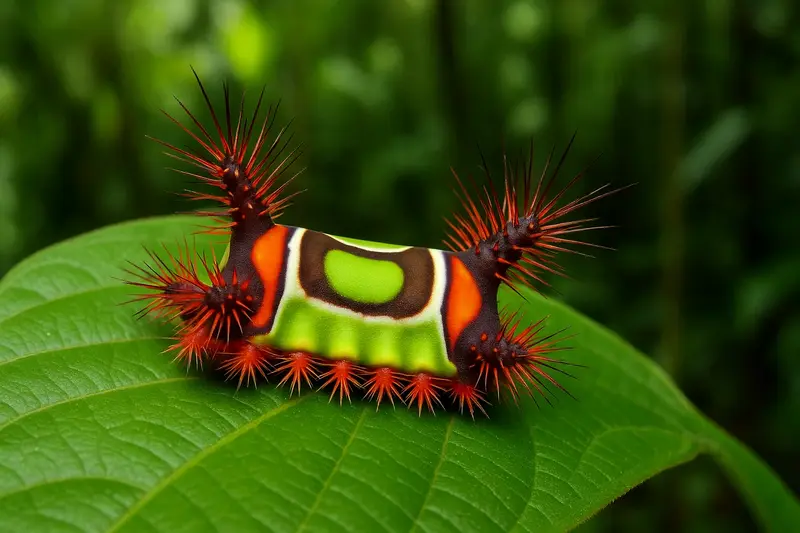
Bees, wasps, and ants defend their nests with venomous stings. Their sting injects painful venom into predators, often causing enough pain to force them to retreat. When many insects sting at once, it can be even more dangerous.

If predators can’t see you, they can’t eat you. Many insects use cryptic coloration to match their environment — like moths that look like tree bark or grasshoppers that blend into the grass. Staying still is key for this disguise to work.
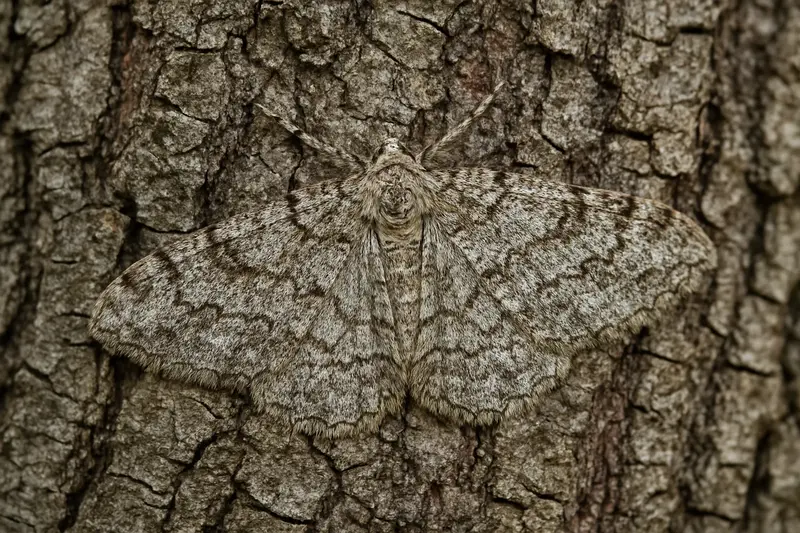
Some insects take camouflage to the next level by not only matching color but also shape and texture. Stick insects sway like twigs in the wind, leaf insects copy leaf veins, and some caterpillars even mimic bird droppings to avoid being eaten.
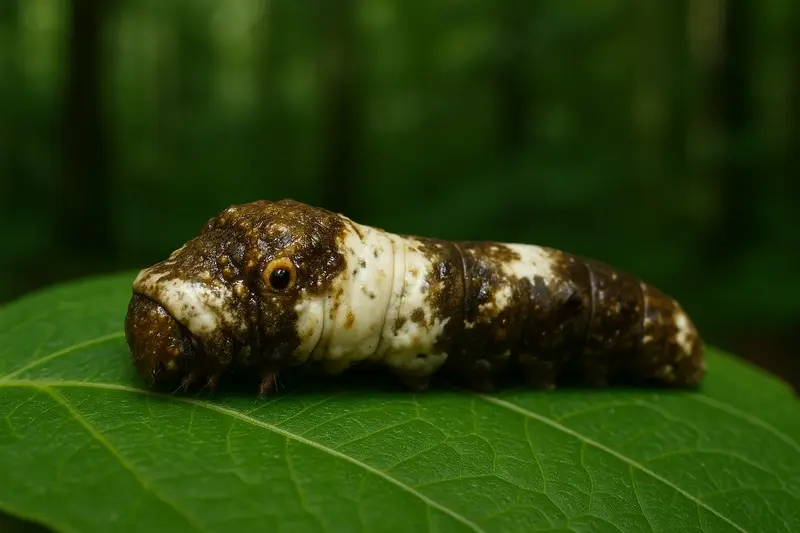
Bright colors like red, orange, yellow, and black warn predators that an insect tastes bad or is poisonous. Ladybugs, monarch butterflies, and bees use these bold colors to send a clear “stay away” message.
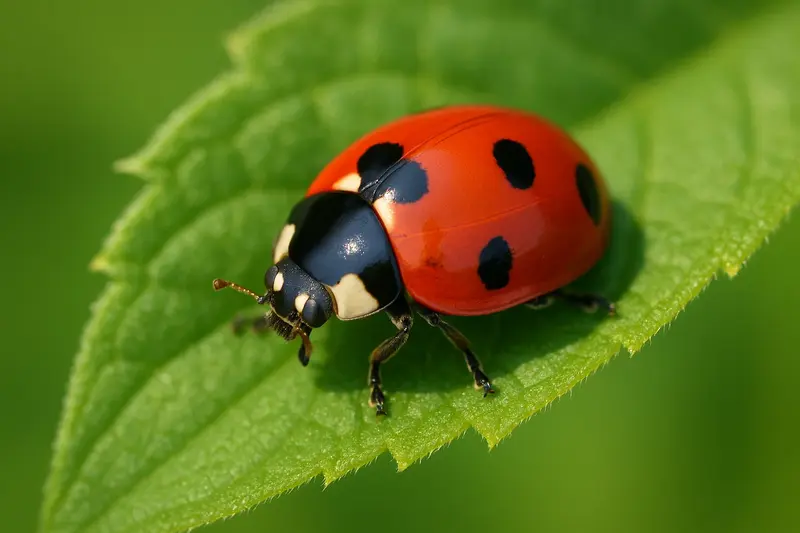
Some harmless insects copy the appearance of toxic ones to fool predators. For example, viceroy butterflies look almost identical to poisonous monarch butterflies. Many flies mimic bees or wasps, tricking predators into avoiding them.

When caught, some insects can voluntarily shed a leg to break free. This survival tactic, called autotomy, is common in walking sticks and katydids. The lost leg can often regenerate during future molts.
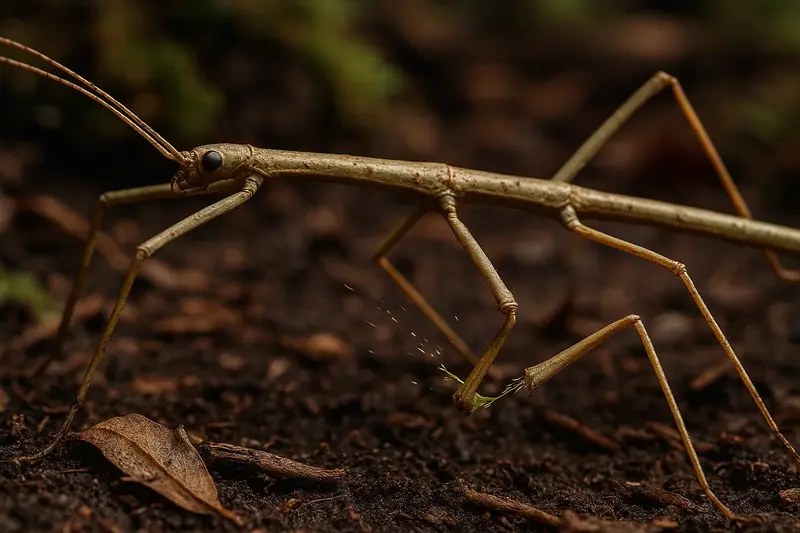
Sometimes the best defense is pretending to be dead. Many insects, like ladybugs and certain moth caterpillars, curl up or fall motionless to trick predators into losing interest. This “playing possum” tactic can save their lives.

Insects may be small, but their survival skills are mighty impressive! Their clever defenses remind us of nature’s ingenuity and inspire us to face challenges with creativity and resilience.
animal tags: Insect Defense
We created this article in conjunction with AI technology, then made sure it was fact-checked and edited by a Animals Top editor.